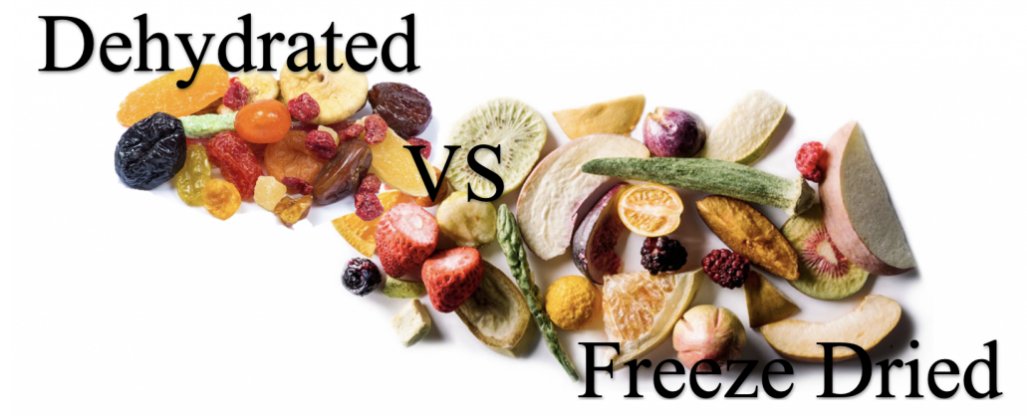TYPES AND CHARACTERISTICS OF FREEZE-DRIED FRUIT
Freeze-drying is becoming an increasingly popular method of drying fruit. More and more types of freeze-dried fruit appear on the market – from the most popular fruits, such as strawberries or raspberries, to exotic fruits, such as mangoes and pineapples. That is why every enthusiast of healthy snacks can find attractive fruits in this variety.
Freeze-dried fruit can be whole, e.g. blackcurrants or redcurrants, however, they are usually sold in flakes such as raspberries, peaches, mangoes and pineapples.

Both freeze-drying and dehydrating fruit are methods for preserving nutritious produce for later use. By removing the moisture from fruits, including bananas, most berries, apples, dragon fruits, apricots, and pineapples, the food becomes more shelf-stable and resistant to mold or rot, which plagues fresh fruits as they age. While dehydrating and freeze-drying are both great ways to preserve fruit, the processes and the final products differ.
Freeze drying removes all the moisture through sub-zero temperatures. This method keeps the shape of the fruit well, and some say it preserves the flavor better. Freeze-dried goods can last decades and still offer the bright essence of the fruit.
Freeze-dried fruit is also airy, light, and crunchy, where dehydrated fruits have a thick density and distinct chew. Dehydrated fruit is chewy because it retains about one-third its water content. Because dehydrated fruits still have some moisture, they often need preservatives to help keep the fruit shelf-stable, and even with additives, this type of dried fruit doesn’t last as long as the freeze-dried counterpart. The moisture content in dehydrated fruit also tends to make it sweeter, where freeze-dried fruit is less saccharine and can better showcase the natural flavor of the fruits.